The Crafty Consumer: Leveraging DIY in Design and Marketing
Related Trend Reports
Art & Design, Branding, Business, DIY, Drinking, Gadgets, Games, Health, Interactive, Lifestyle, Luxury, Marketing, Pop Culture, Social Media, Tech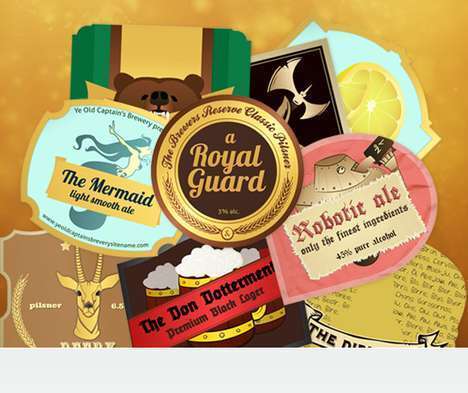 When the 2009 recession hit, many consumers began empowering themselves through DIY projects to alleviate the stress on their budgets. In response, brands have started paying attention to DIY in design and marketing of their products and services, attempting to appeal to crafty consumers who have adopted the DIY attitude. According to a 2009 report by Packaged Facts, about 46 percent of Americans can be classified as DIYers, which means a significant impact on the retail industry as more people turn to performing their own home and lawn care, beauty care, fashion design, automotive maintenance and other DIY projects.
When the 2009 recession hit, many consumers began empowering themselves through DIY projects to alleviate the stress on their budgets. In response, brands have started paying attention to DIY in design and marketing of their products and services, attempting to appeal to crafty consumers who have adopted the DIY attitude. According to a 2009 report by Packaged Facts, about 46 percent of Americans can be classified as DIYers, which means a significant impact on the retail industry as more people turn to performing their own home and lawn care, beauty care, fashion design, automotive maintenance and other DIY projects. As the publisher of Packaged Facts Tatjana Meerman says, DIY consumers "inevitably change the financial landscape for a wide variety of businesses. Research shows that here are 58 million DIY food gardeners, 67 million Americans who change their own motor oil, and 36 million women who color their hair at home.”
For brands, this means DIY in design and marketing is as important as ever, even though the economy has technically emerged from recession. With more consumers feeling empowered by their DIY projects, it is likely they will continue to pursue this avenue of creation, if only for their personal satisfaction and not for the sake of their wallets. As such, many companies are now offering DIY kits and customizable products and services that give consumers more choice. For example, designer Jolien Hanemaaijer created the Hanemaai ‘Stretch Out’ Home Wear Portable Indoor Tent Kit, which enables consumers to build a personal and private space whether at home or camping. In contrast, Joolz, a Dutch stroller maker, provides packaging with its products that can be transformed into new and functional products, such as a chair or table. Another example is the '8: A Container Gardening Kit' by Toronto-based Joel Derksen. The kit includes everything you need to grow and cook your own food, including garden tags, salad forks, a recipe book and even an iPhone app.
Media brands, in particular, have jumped on the DIY trend by offering extensive content based on DIY projects. For example, the fashion blog Refinery 29 launched video tutorials of DIY fashion projects, helping style-savvy consumers create their own fashion pieces at home, while Trash Backwards offers consumers an online hub filled with tips and tutorials on how to repurpose and upcycle their things. The trend has additionally spawned a variety of DIY blogs from consumers themselves, such as Brit & Co., Glitter N' Glue and Making It Lovely.
There is ample opportunity for brands to take on DIY in design and marketing, enabling consumers to take creation into their own hands. For more examples of consumer DIY projects and brands getting in on the action, download Trend Hunter's DIY Trend Report and Customization Trend Report.
References: trendreports
Featured Articles
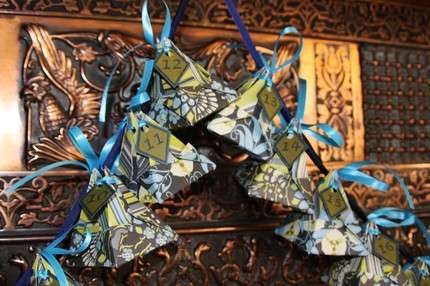
DIY Luxury
Investing more money, time and effort as a sign of luxury
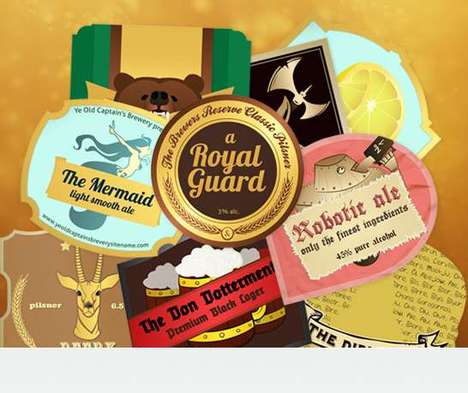
Home Brew
DIY booze innovations make drinking convenient and simple

Home-Based Retreats
DIY pampering lets consumers have a spa day at home
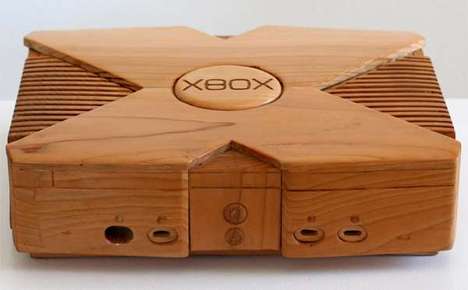
Adaptive Gaming
DIYers can't stop customizing their consoles and controllers
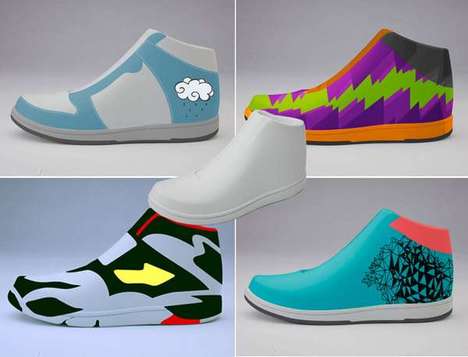
Community DIY
Crowdsourced customization lets customers collaborate for tangible results
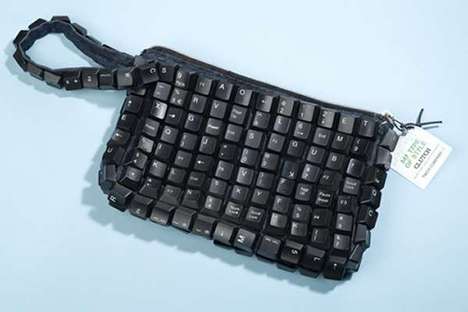
Rescued Tech
Old gadgets get intriguing makeovers to promote extreme recycling